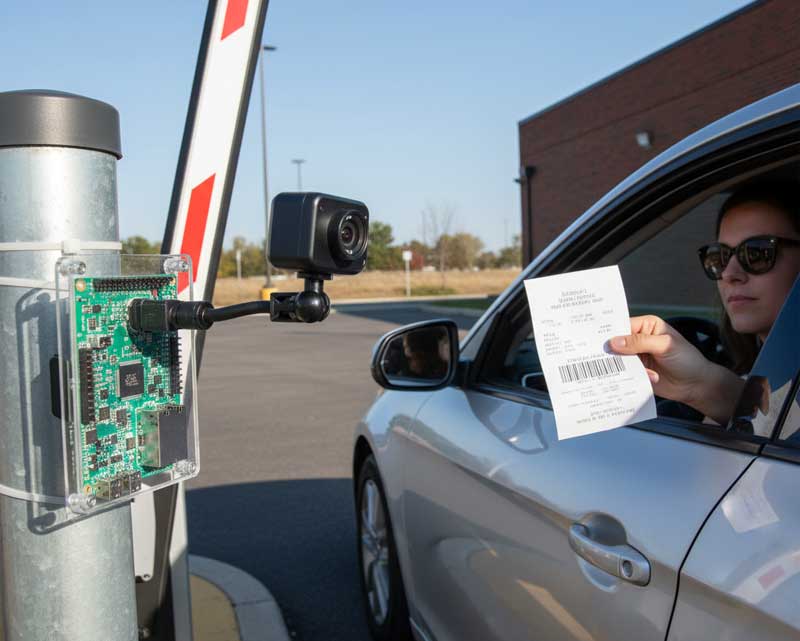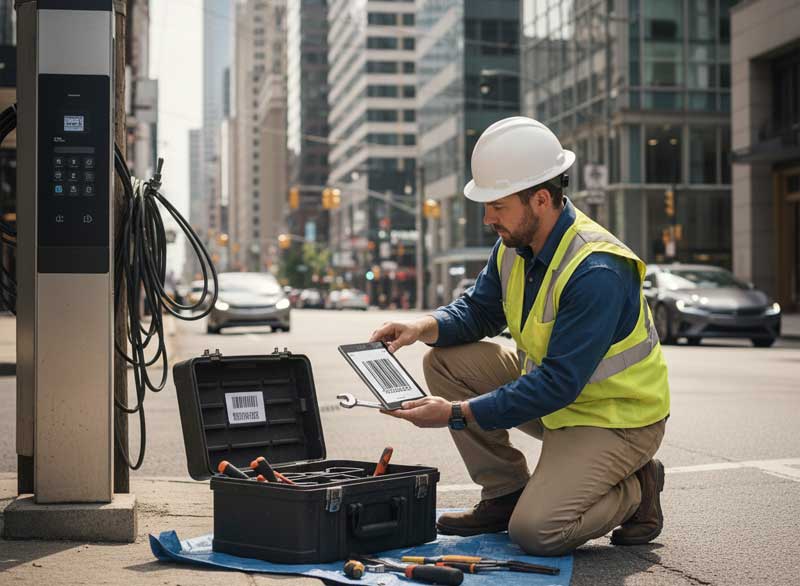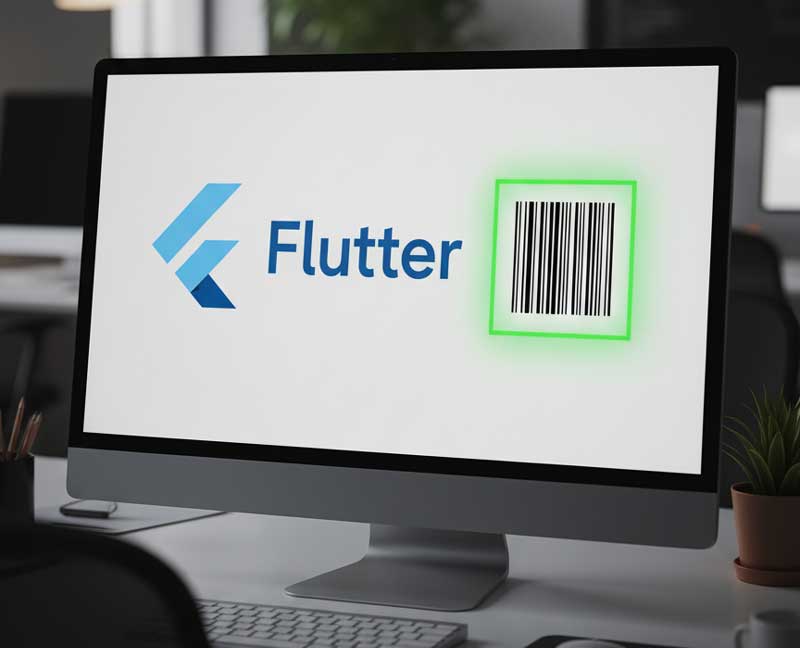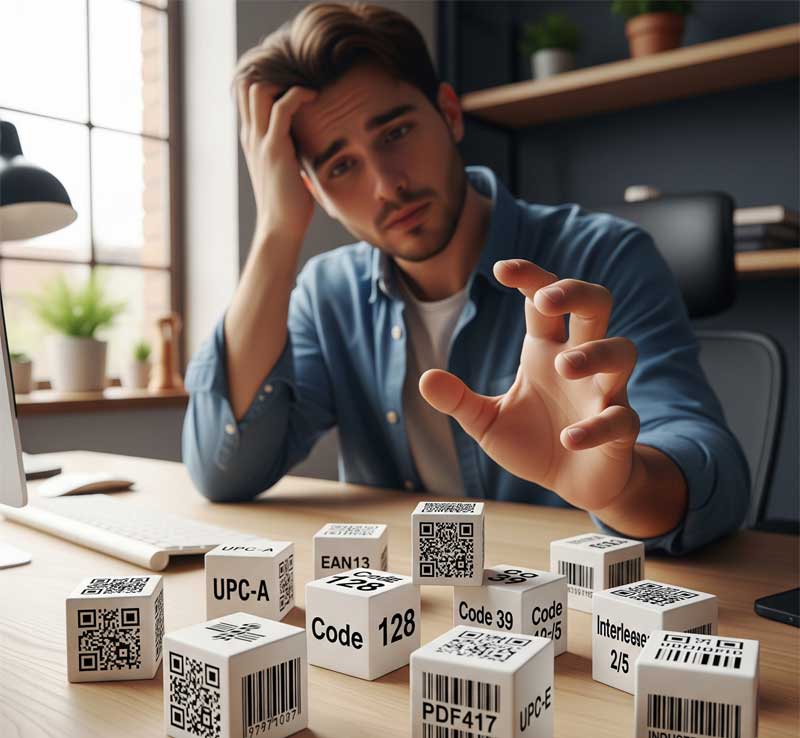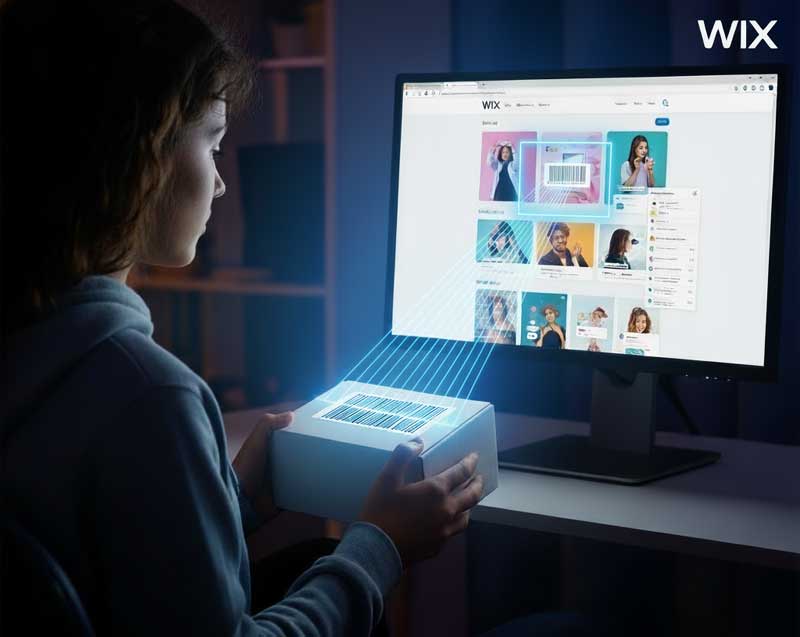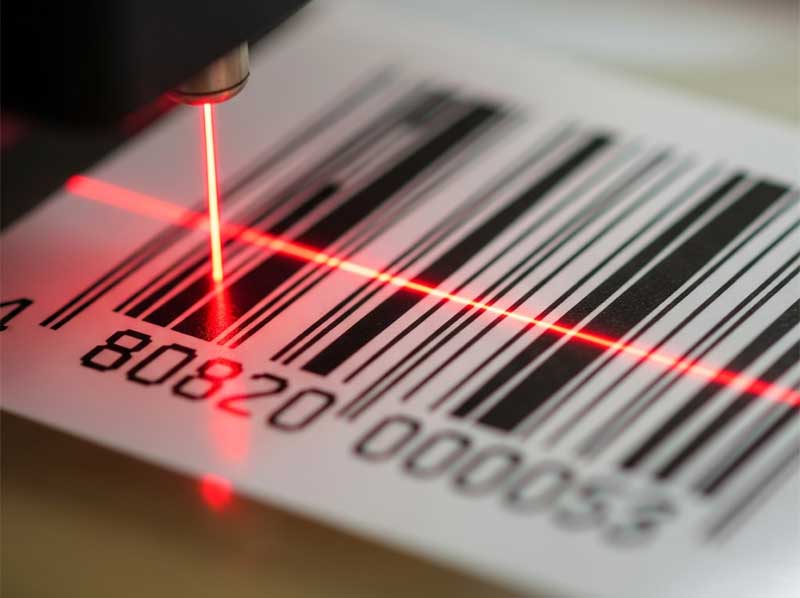
Barcodes can be seen all around you, from product packaging to tickets and even to your favorite snacks. But what are they, and how do they function? In this guide for beginners, we will explain the fundamental concepts of barcodes, their formats, and how they are decoded by a scanner.
What Is a Barcode?
Barcodes are coded visual patterns composed of lines, shapes, or symbols that contain data which can be read by a computer. It acts as a digital fingerprint for products and lets businesses track stock, systematize sales, and manage data efficiently. While the most popular type is a series of black and white stripes, there are other possible shapes as well (squares, dots).
Data — Product IDs, prices, serial nos.\Blueprint for Design Follow This data is then recognized almost instantaneously when passed over a scanner, whether it be at a check-out stand in a store or wherever else.
How Do Barcodes Work?
Barcodes encode information so that machines (barcode scanners) can read it. An easy way to go through it is as follows:
- Information Encoding: A barcode encodes data like numbers, letters, etc., with a specific pattern. For instance, the unique ID of a product can be encoded as stripes of different widths.
- Scanning the Barcode: A barcode scanner uses a light source — laser or LED — to illuminate the barcode. A scan head reads this reflected light, the intensity of which will change depending on whether it strikes a dark (black) or light (white) area.
- Data extracted from the original image: The pattern of light and dark is transformed into digitized data by the scanner. This data is transmitted to a computer or database, which correlates it with attributes such as the product name or price.
- Display/Write In Output: The decoded information is displayed or written down, like the price of a product on a cash register or an update in inventory records.
Common Barcode Formats
There are different types of barcodes made for specific purposes. Here are a few popular ones:
- UPC (Universal Product Code): Yeah, you know, the barcode thing on groceries. The most common form, UPC-A, consists of 12 numerical digits of UID-family code.
- Code 39: Can encode letters, numbers, and some symbols, frequently used in the logistics and agriculture industry.
- QR Code: A type of two-dimensional (2D) barcode composed of small squares that contain more data than traditional barcodes, such as website URLs or contact information.
- European Article Number (EAN): Like a UPC but used internationally; generally has 13 digits instead of 12 (such as EAN-13).
- Code 128: A dense format that carries a large amount of data and is common in the shipping/reseller realm.
All of these formats conform to a standard in order to guarantee worldwide compatibility of scanners.
How Barcode Scanners Read Barcodes
Barcode scanners, or readers, scan the barcode using optical technology to read each pattern within a barcode. Here’s how they do it:
- Light Reflection: During which, the scanners use light (most likely red or infrared) that is aimed at the barcode. Black lines engulf light, whereas white spaces return it.
- Pattern recognition: The changing light and dark pattern of the barcode is sensed by the scanner’s sensor, which in turn generates a digital signal that represents the pattern of the barcode.
- Software Decoding: In this case, the scanner sends the signal to a system that performs software decoding—for example, providing an interpretation of the signal as a product number—which goes out through the connected system.
There are different types of scanners like Handheld Laser Scanner, CCD (charge-coupled device) Scanners, and even smartphone cameras used for QR Codes. Scanners now have high precision, can read an image at different angles, and even if it is damaged or slightly hidden.
Why Are Barcodes Important?
Barcodes simplify many tasks, including:
- Mobile: Increase checkout and sales tracking Retail
- Inventory Management: Keeping track of stock levels in warehouses.
- Shipping and Logistics: Trace packages from booker to recipient.
- Healthcare: Detect medication or patient records.
- Ticketing: Check event tickets or boarding passes.
Barcodes reduce human error and quicken data processing in various fields, forcing a massive savings in time and money.
Fun Fact: The First Barcode
A barcode was first scanned on June 26, 1974, at a food store in Ohio for a pack of Wrigley’s chewing gum. The first of its kind, a UPC barcode; this moment would mark the beginning of a retail revolution!
Barcodes, albeit basic, are extremely powerful tools that fundamentally transform the world around us. This way, they provide machines with the ability to access and cope with information more quickly by encoding it into visual patterns or streams. From the UPC on the cereal box to a QR code pointing to a website, barcodes bridge physical and digital divides easily. The next time you scan something in a store, you will have knowledge about how clever the technology behind it is!
Ready to get started?
Barcode Reader SDK Barcode Scanner for Web Site


